Interior design has moved beyond decorative trends. Today’s designs focus on how a space supports everyday use while also offering premium finishes. Homeowners and business owners are looking for interiors that feel relaxing without giving up quality. Combining comfort with high-end materials results in interiors that look good and work well.
1- Comfort in Interior Planning
Room Layout and Movement
Efficient Space Use: Floor plans must support how people live and move through a space. Layouts should be open where needed and defined where privacy is important.
Furniture Placement: Items must be placed to support natural movement. No item should block paths or create difficulty during daily routines.
Material Choices for Physical Ease
Soft Fabrics: Use of cotton, wool, or microfiber increases comfort. These materials are suitable for sofas, curtains, and rugs.
Supportive Surfaces: Seating should offer proper back and arm support. Beds should include mattresses that promote rest, not just appearance.
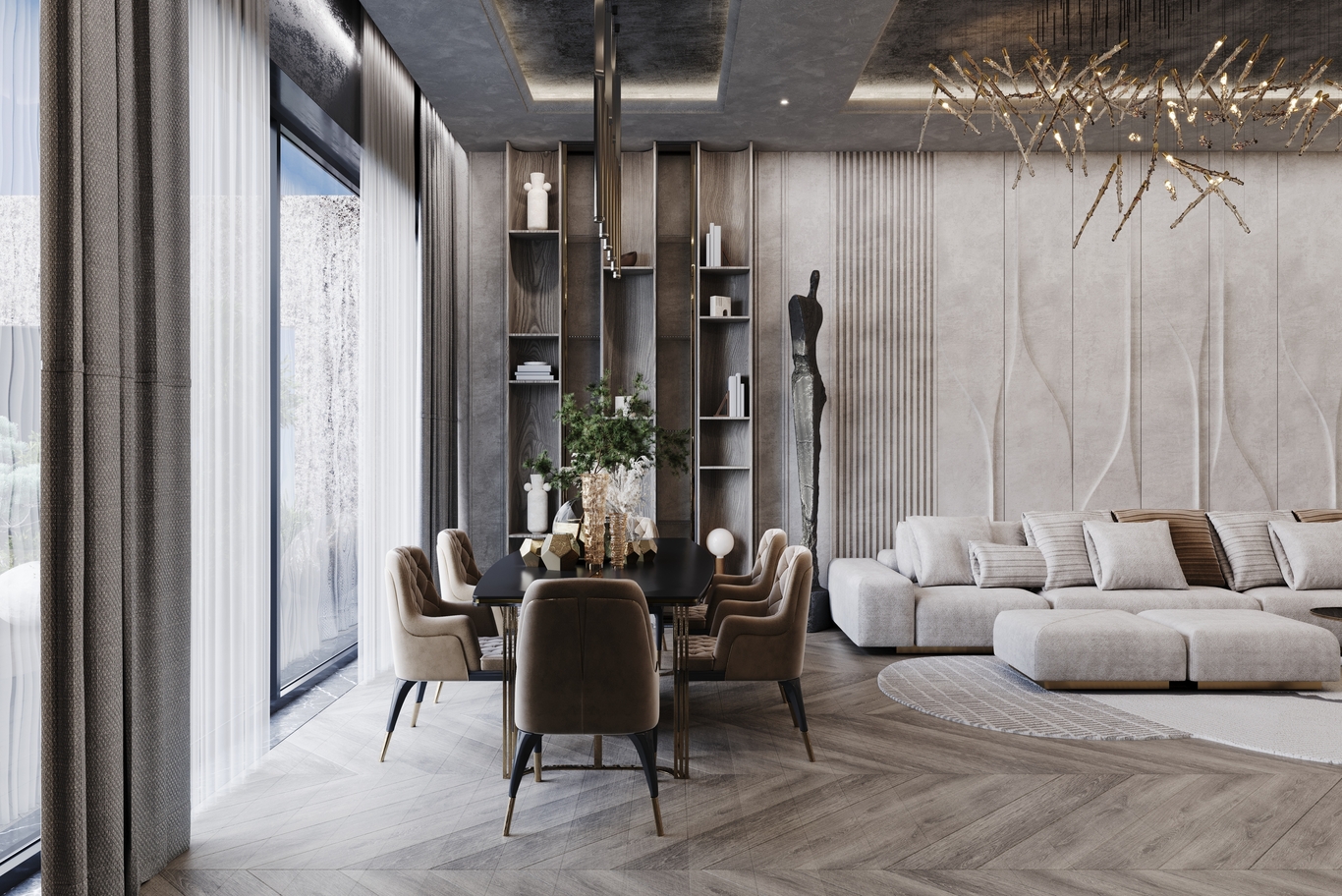
2- Luxury Through Selected Finishes
High-Quality Without Excess
Surface Materials: Marble, quartz, or natural wood can add quality to surfaces without becoming the main focus of a room.
Fixtures and Hardware: Door handles, faucets, and cabinet knobs in brushed metal or matte black offer long-term use and visual consistency.
Light Design and Control
Layered Lighting: Each room should have general, task, and focus lighting. Adjustable brightness is preferred.
Natural Light: Where possible, daylight should be included using wide windows or glass doors. This lowers the need for artificial lighting during the day.
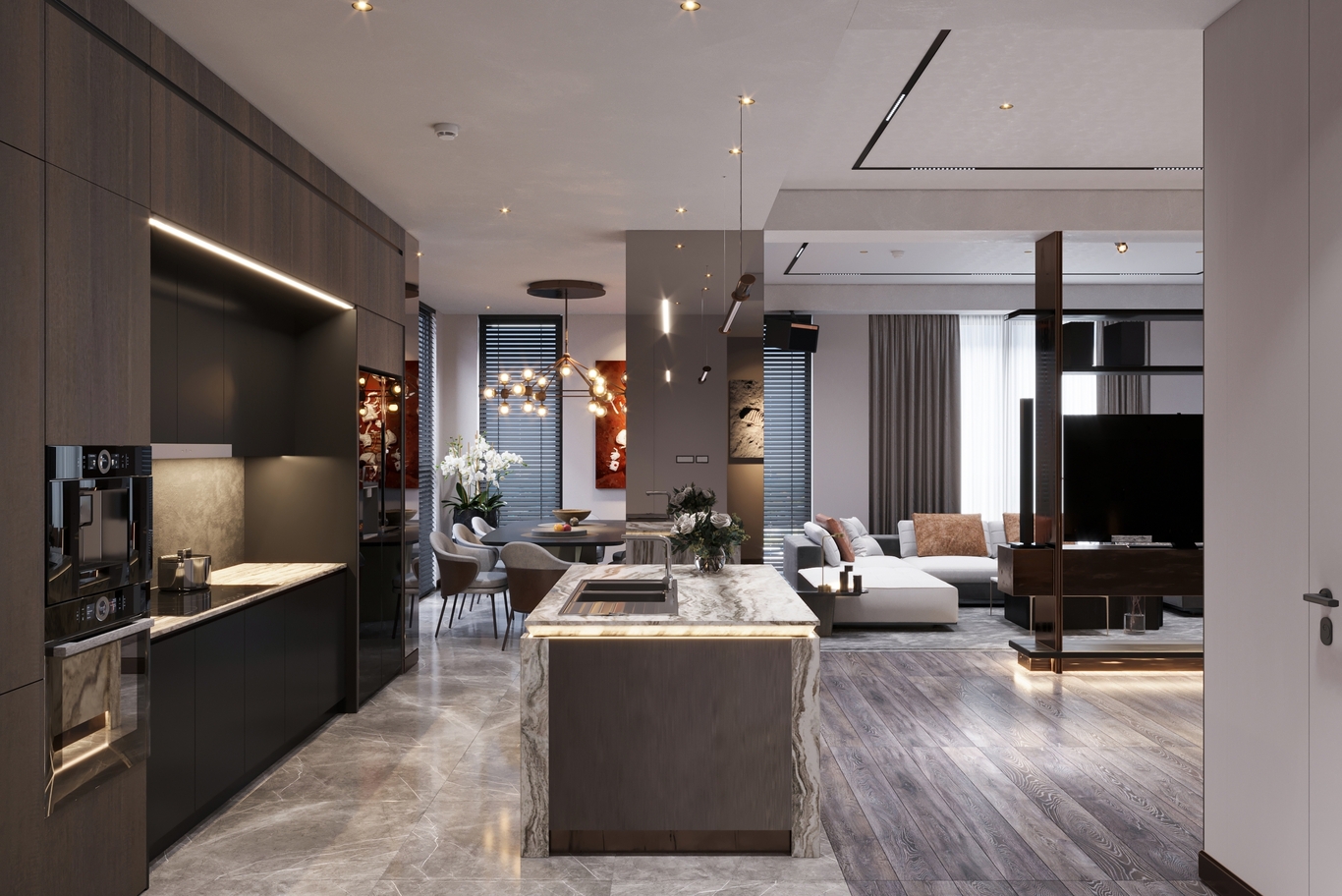
3- Color Schemes for Calm and Value
Base Colors for Versatility
Neutral Backgrounds: Walls in beige, light gray, or white create a clean base. These shades help highlight furniture and décor without distraction.
Dark Tones in Key Areas: Use navy, deep green, or gray in media rooms or bedrooms to support rest and focus.
Accent Colors in Small Quantities
Use in Accessories: Throw pillows, artwork, or dining chairs can introduce colors like rust, blue, or olive. These should not dominate.
Easy to Replace: Accent elements should be easy to update. This supports style changes without redesigning the entire room.
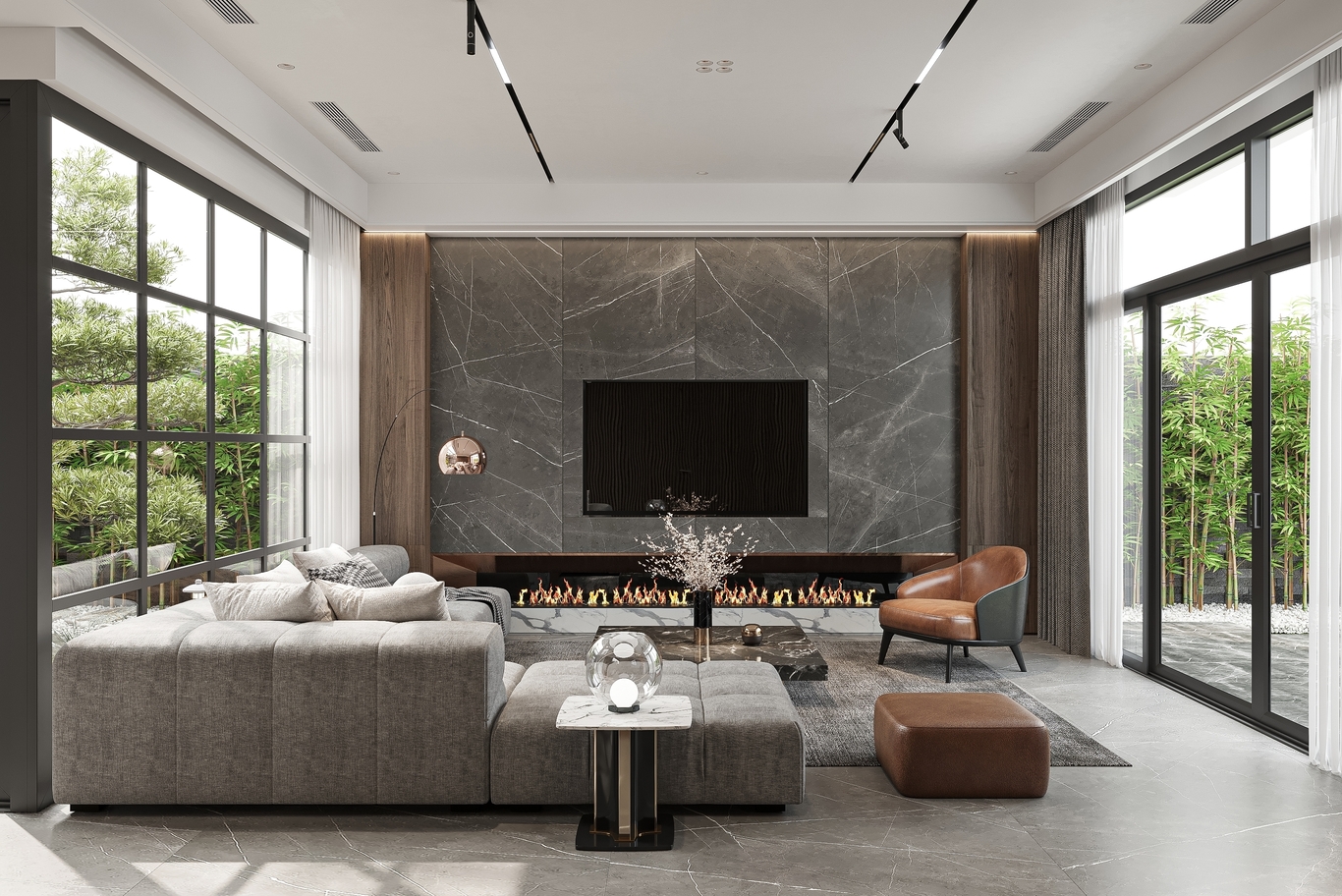
4- Furniture That Works for Both Style and Daily Life
Seating for Daily Use
Durable Frames: Metal or hardwood framing supports long-term use.
Comfortable Cushions: Medium-firm cushions balance comfort with shape retention.
Tables and Cabinets That Provide Storage
Built-in Storage: Coffee tables with drawers or beds with under-storage reduce clutter.
Simple Shapes: Square or rectangular tables are easier to place and use than irregular shapes.
Check out our recent interior design projects in Turkey to see how real spaces balance comfort and high-quality finishes.
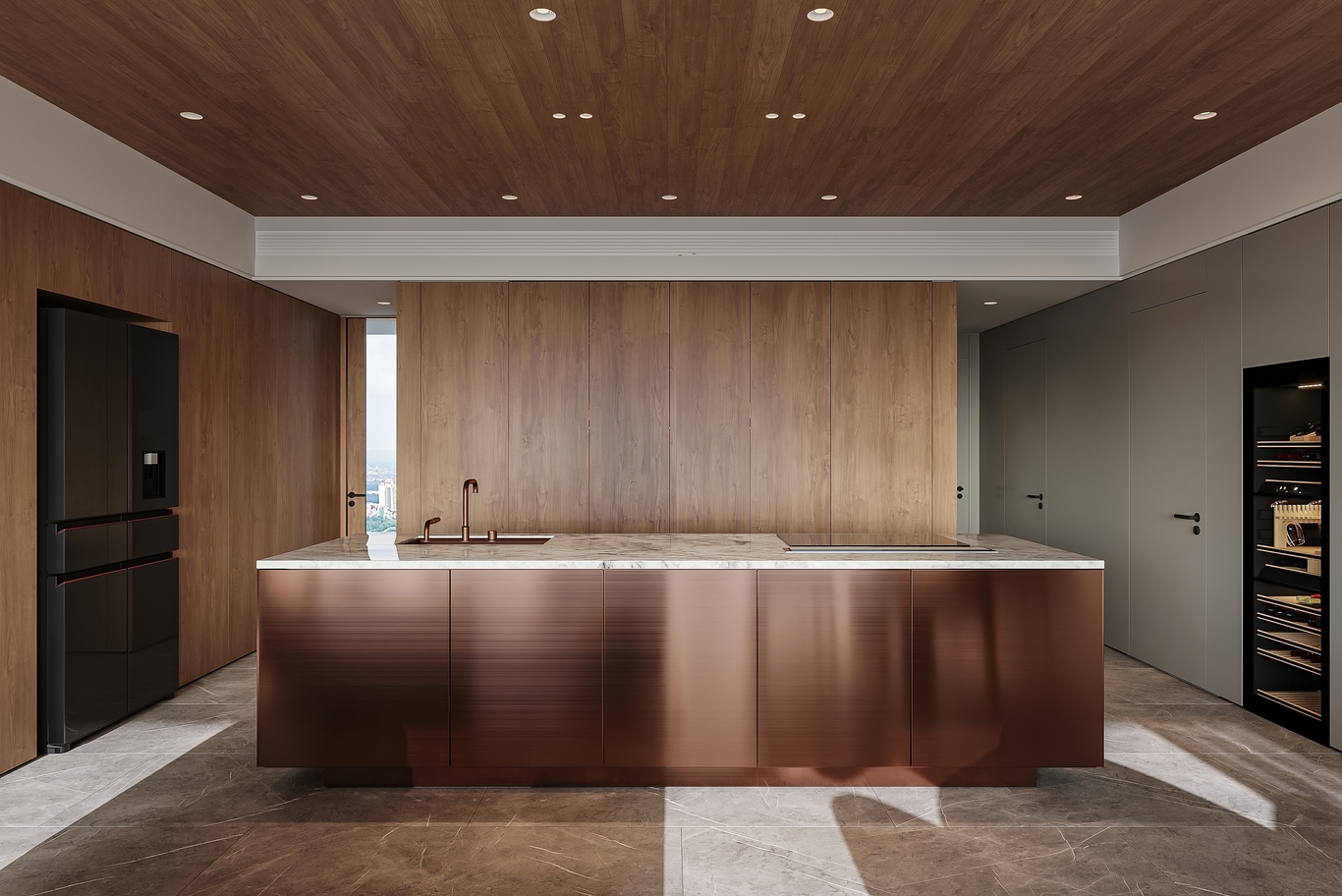
5- Decor That Adds Value Without Distraction
Wall Treatments That Are Easy to Maintain
Paint Over Wallpaper: Paint is easier to clean and change. Choose matte or eggshell finishes for a clean look.
Wall Panels: Simple wood or MDF panels can create depth. These should be kept in neutral tones.
Accessories That Match Function
Clocks, Shelves, and Storage Bins: Items should offer both appearance and use. Avoid purely decorative items unless they reflect personal importance.
Mirrors: Used in the right place, mirrors can add light and make spaces feel larger.
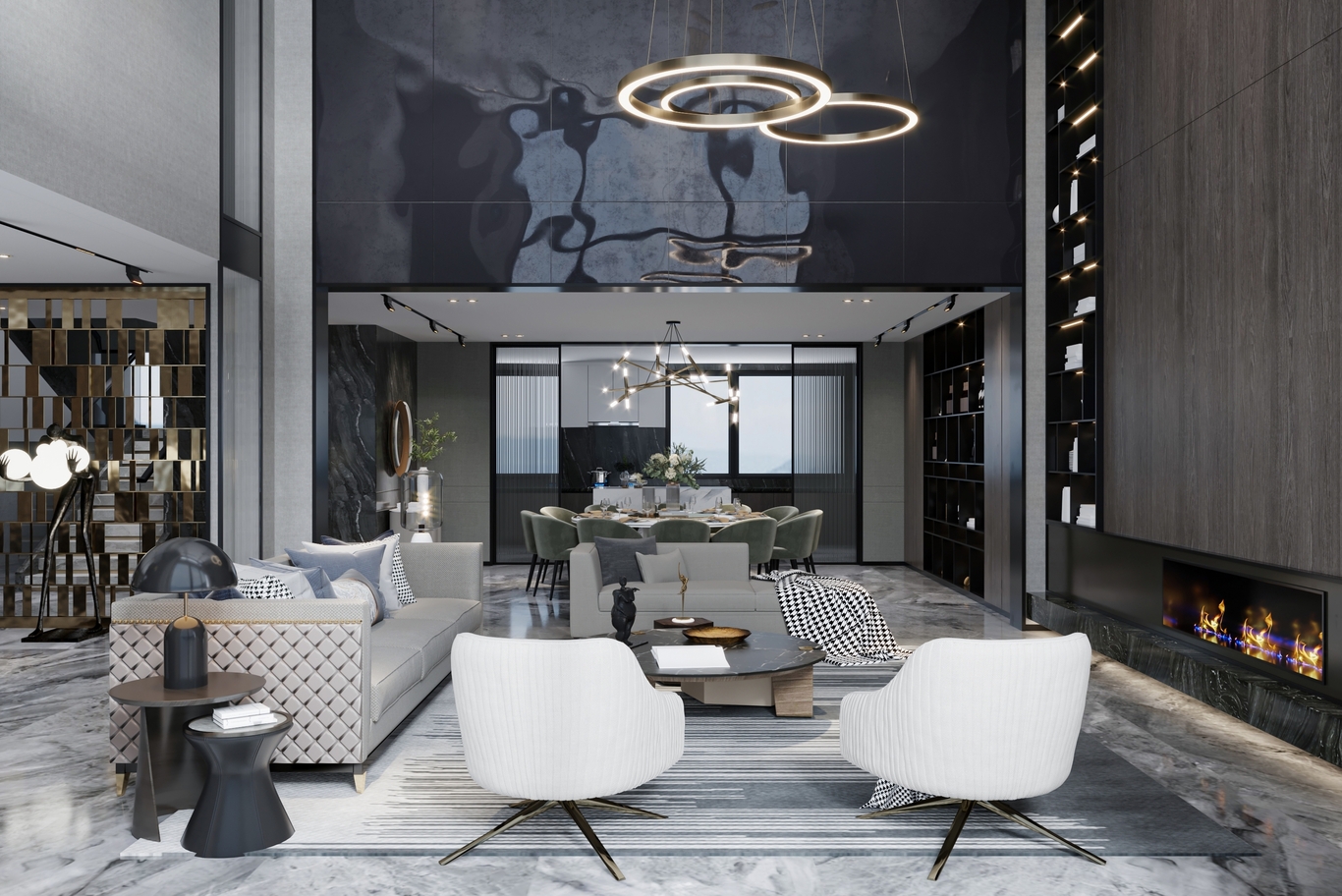
6- Technology That Supports Daily Activities
Climate and Lighting Control
Smart Thermostats: Maintain temperature efficiently. They also reduce energy use.
Motion Sensor Lighting: Helpful in areas like hallways and bathrooms where light is needed quickly.
Power and Media Management
Charging Stations: Integrated USB outlets or wireless pads help reduce cable mess.
Cable Routing: Built-in cable trays or wall channels keep media areas clean.
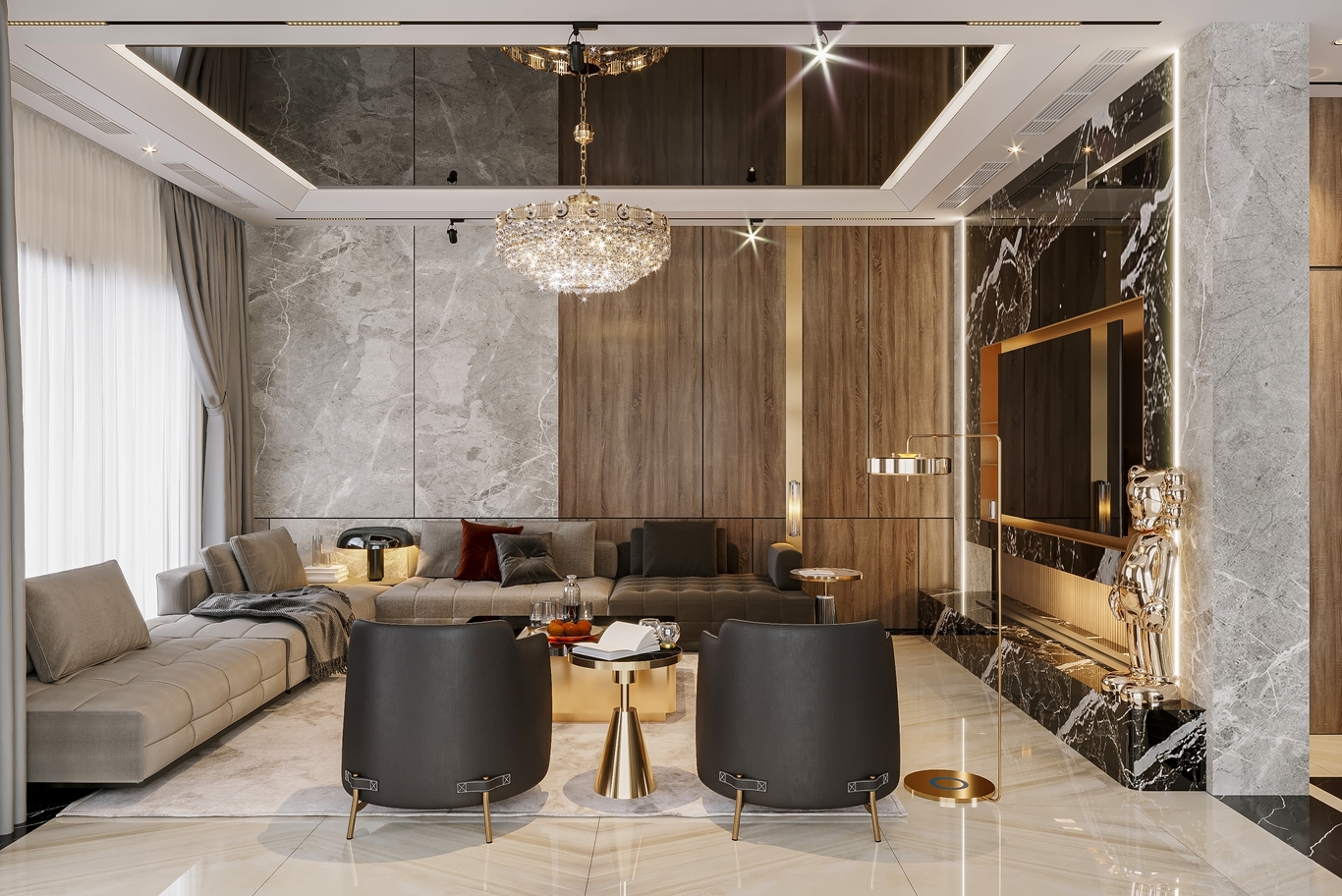
7- Surfaces That Support Long-Term Comfort
Flooring That Feels Good
Wood or Vinyl Options: These support both comfort and cleaning needs. Warm tones are preferred for residential areas.
Carpet in Quiet Zones: Bedrooms and reading rooms may include carpet for sound control and warmth.
Rugs for Visual Boundaries
Area Definition: Rugs can define seating zones in open-plan layouts.
Durable Materials: Choose rugs that resist stains and wear, especially in high-use areas.
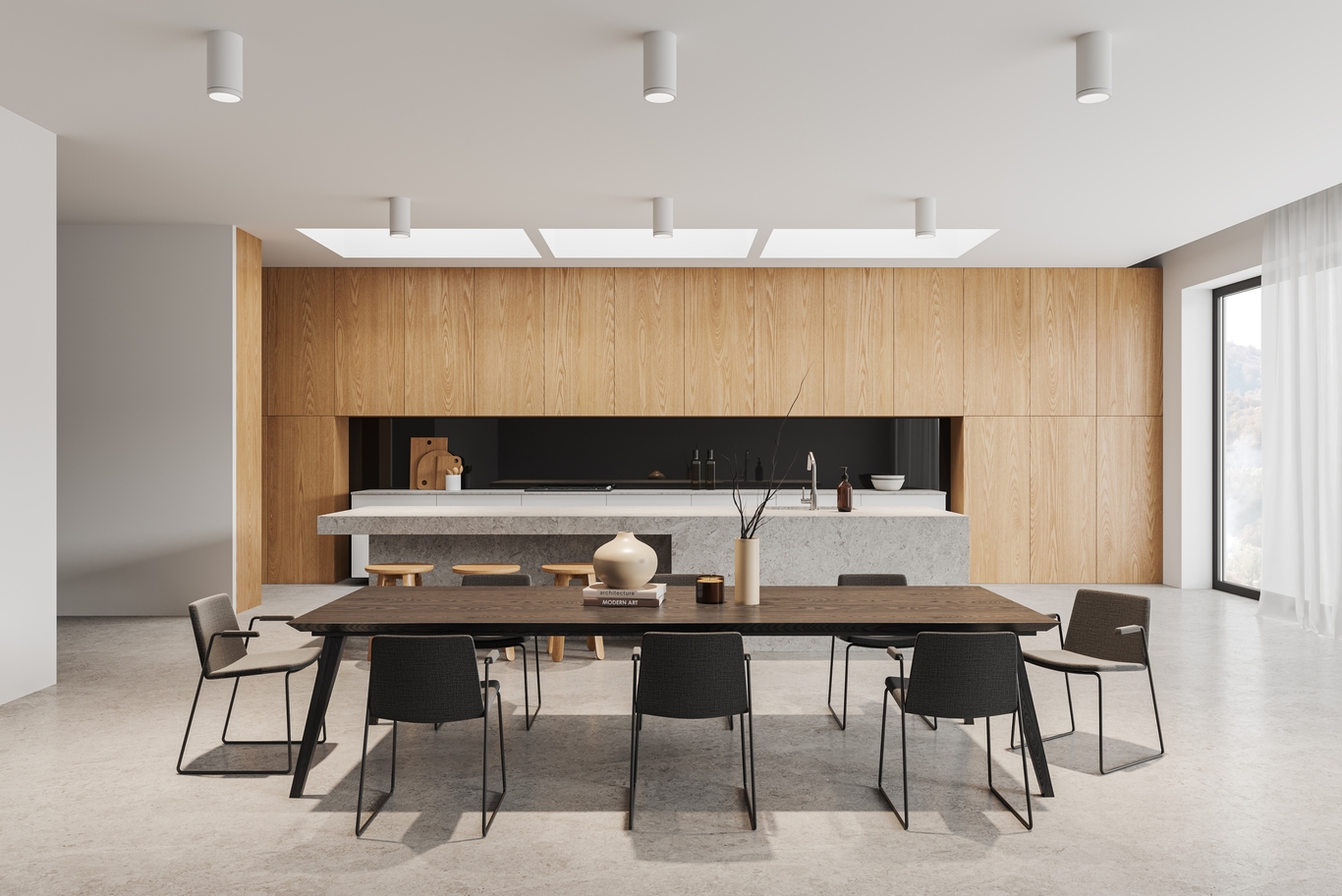
8- How Comfort and High-End Features Work Together
Design That Fits Long-Term Living
Everyday Needs First: Items chosen for design must support tasks like sitting, walking, and cleaning.
Look and Feel Should Match: If a chair looks good but causes discomfort after 10 minutes, it’s not suitable for real use.
Design That Doesn’t Age Fast
Avoid Trends: Stick to basic shapes and neutral colors. Add small updates through pillows, art, or textiles.
Built-In Flexibility: Spaces should work for today’s use and tomorrow’s needs without requiring full redesigns.
Explore our customized furniture guide to understand how tailored pieces support both everyday use and elevated style.
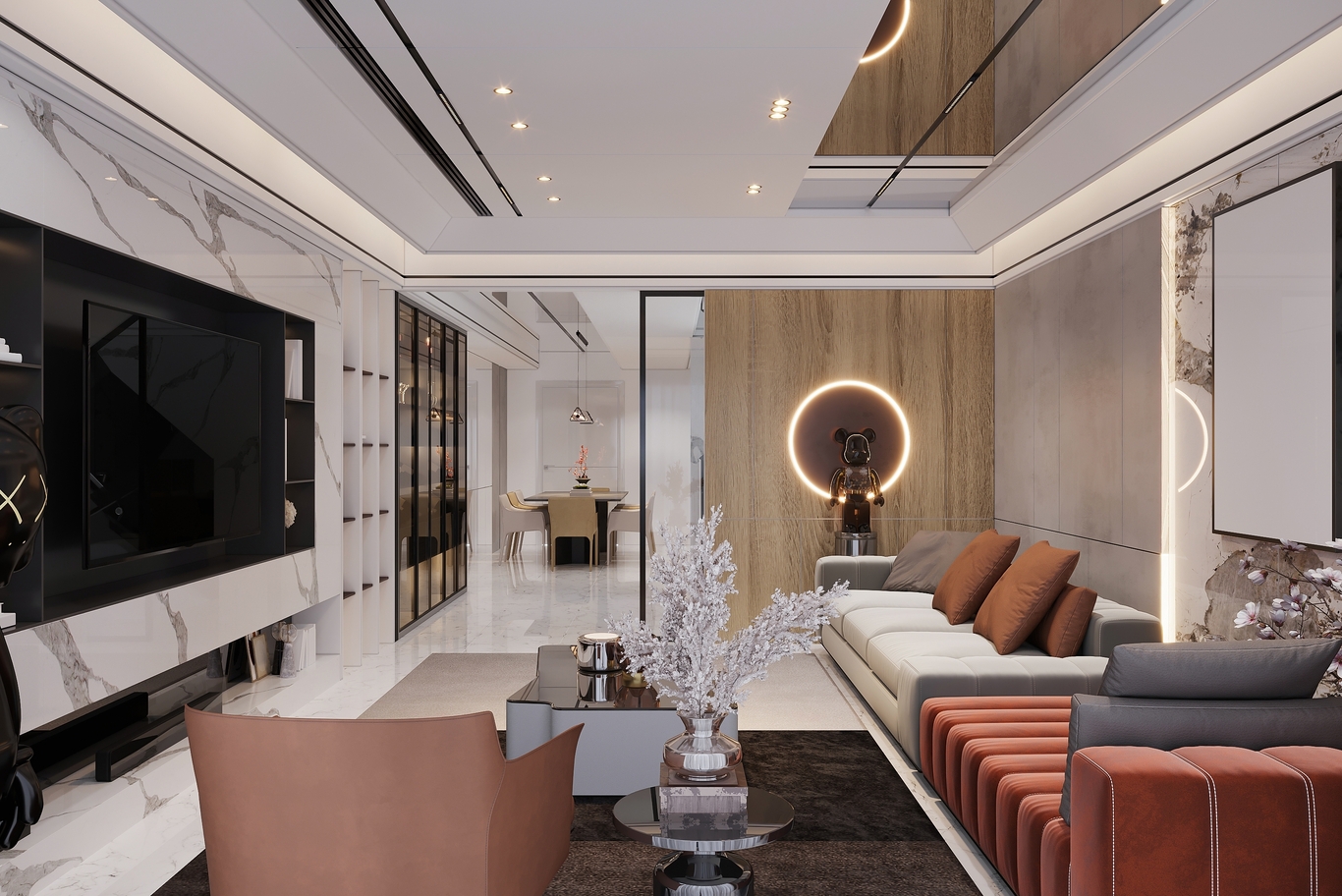
9- Common Questions About Comfort-Luxury Interiors
What are the best furniture options that balance comfort and luxury?
The best options use quality materials like hardwood, durable fabrics, and firm cushioning. Look for seating with proper back support, coffee tables that include storage, and beds with integrated frames. Neutral colors and clean lines maintain a high-end appearance.
Which lighting setup works best for both appearance and usability?
Use a combination of ambient, task, and accent lighting. Ceiling fixtures should provide overall brightness, while wall sconces and desk lamps cover specific areas. Dimmer switches and smart controls offer flexible use throughout the day.
Are natural materials better for comfort in interior design?
Yes. Materials such as cotton, wood, leather, and stone support physical comfort while maintaining visual appeal. These materials are also easier to maintain over time and tend to offer better air quality and durability than synthetic alternatives.
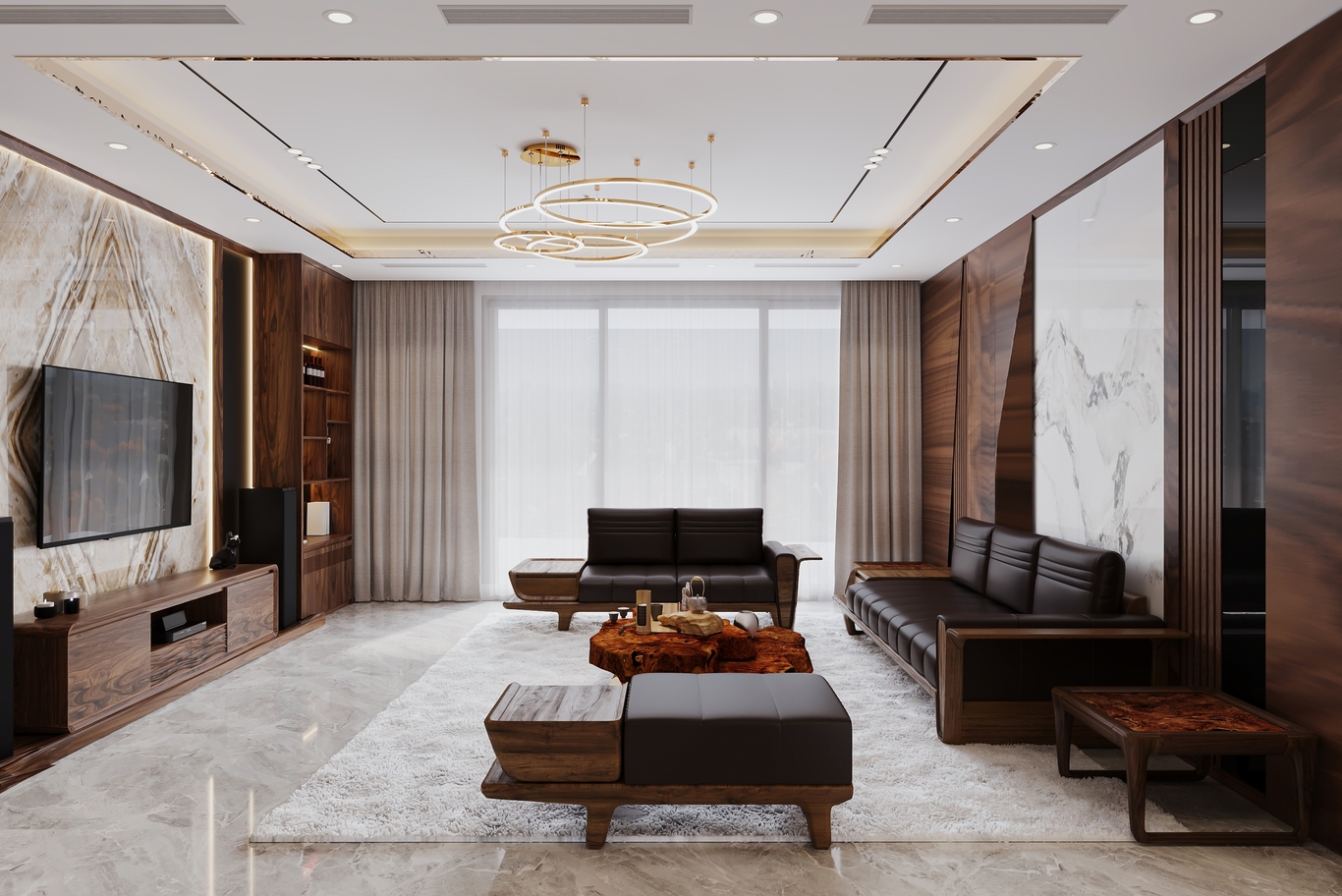
Can open layouts still provide quiet areas in a home?
Yes. Use furniture placement, rugs, screens, and shelving units to create separate zones. Adding sound-absorbing materials like curtains, upholstery, or acoustic panels also helps manage noise without needing walls.
How can interior design support both relaxation and high-end looks?
Start with functional layouts and comfortable seating. Add simple, high-quality finishes like matte metal hardware or stone surfaces. Keep colors neutral and use only a few decorative items to avoid clutter. This approach supports comfort without sacrificing style.
What are the most common mistakes when mixing luxury with comfort?
Overusing glossy or fragile materials can reduce ease of use. Choosing large, decorative furniture that doesn’t support natural movement can also limit comfort. Ignoring natural light or selecting loud color schemes may create visual tension in daily use.
What flooring options support comfort without looking casual?
Engineered wood, vinyl planks, and large-format tiles offer both durability and a polished look. Use rugs in high-traffic areas or under seating to add warmth. For quiet rooms, low-pile carpets in neutral shades provide softness while maintaining a clean appearance.
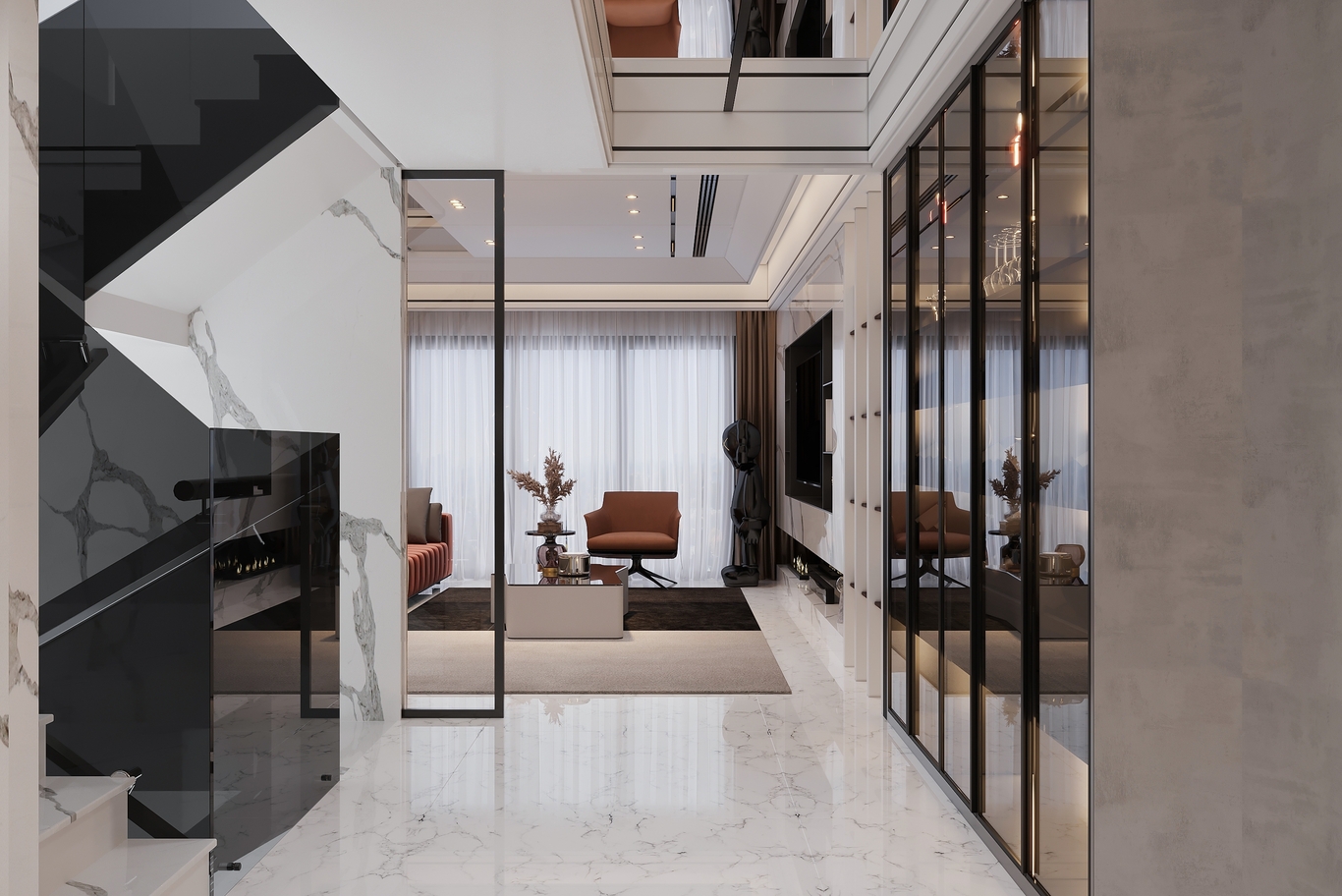
Final Notes
Combining comfort with luxury is not about excess. It’s about choosing materials, layouts, and features that improve the experience of living in a space while keeping it visually strong. Every decision—from the sofa fabric to the type of lighting—must consider both how it works and how it looks. Design is successful when people enjoy using the space every day, not just looking at it.
Need Help with Your Interior Design Project?
Contact our professional design team today. We can help create an interior that balances comfort and premium features without unnecessary complexity.